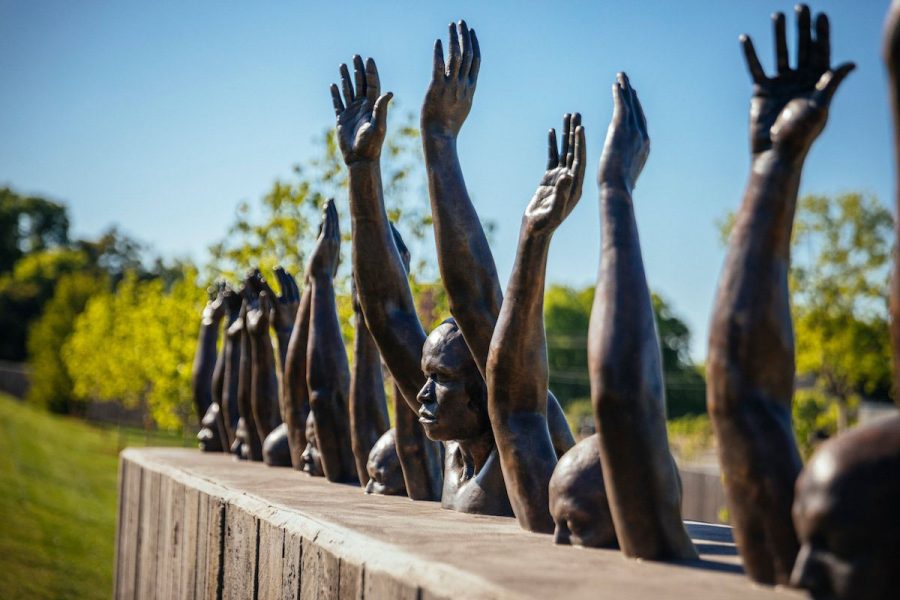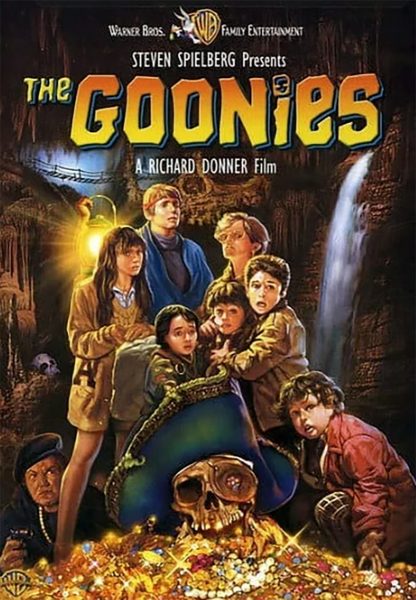Lynching memorial finally portrays history as it really was
Alabama works to eliminate racist Confederate sympathies
More stories from Rebecca Mennecke
In the warm southern sun of Alabama, in the same city where decades ago Rosa Parks refused to give up her seat to a privileged white man on a city bus, the light shines brightly on a new future and on a new view on history — one that has been long anticipated.
The National Memorial for Peace and Justice, colloquially known as the National Lynching Memorial, opened on April 26 after almost 10 years of careful planning and research, according to the Equal Justice Initiative (EJI).
The article says it is the first national memorial to recognize “the legacy of enslaved black people, people terrorized by lynching, African Americans humiliated by racial segregation and Jim Crow, and people of color burdened with contemporary presumptions of guilt and police violence.”
According to New England Cable News, over 4,400 black people were lynched between 1877 and 1950, and the names of those who are known are etched into the sides of 800 columns: “one for each U.S. county where the lynchings occurred.”
At the same time as the opening of the monument, a museum called The Legacy Museum: From Enslavement to Mass Incarceration is opening.
These lynchings were incredibly different from hangings that occurred in faulty white justice systems. According to EJI, these lynchings were a form of “terrorism” that were perpetuated by “acts of violence” in an “unjust social order.”
In an age where people are incredibly protective of their Confederate statues, it’s a nice change of pace to see people taking interest in the other, bloodier side of history: the oppression, maltreatment and terrorism of black people. It’s a history that deserves more than being talked about; it’s a history that the American people should want to rectify.
The New York Times described the chilling, supposed rationale behind lynching these people. One of the people who were lynched was Parks Banks, who was hanged in 1922 for “carrying a photograph of a white woman.”
But it’s important to remember while Alabama is taking huge strides in the rectification of its gruesome history, other places struggle to even recognize the significance of black history.
Students at Hofstra University have rallied to take down the Thomas Jefferson statue located on their campus because of Jefferson’s past as a slave owner, which is awesome because it means young people, not unlike The Catalysts on campus at UW-Eau Claire, want to have their voices heard about the significance of which historical figures are commemorated.
Jack Howard Burke from the National Review wrote how it was unfair to base an entire argument against Jefferson based on his slave-owning past.
“Yet, imperfect though he was,” Burke wrote, “it would be wrong to destroy his entire reputation on that basis alone.
This is exactly the problem when it comes to recognizing the racism and oppression that people of color have faced in the past, and the exact reason why the National Lynching Memorial is vital to understanding where our nation has come from and where we need to go from here.
This memorial serves as more than just a reminder of our past: it’s a reminder of the future we could have as American citizens if we don’t understand the implications of our past.











